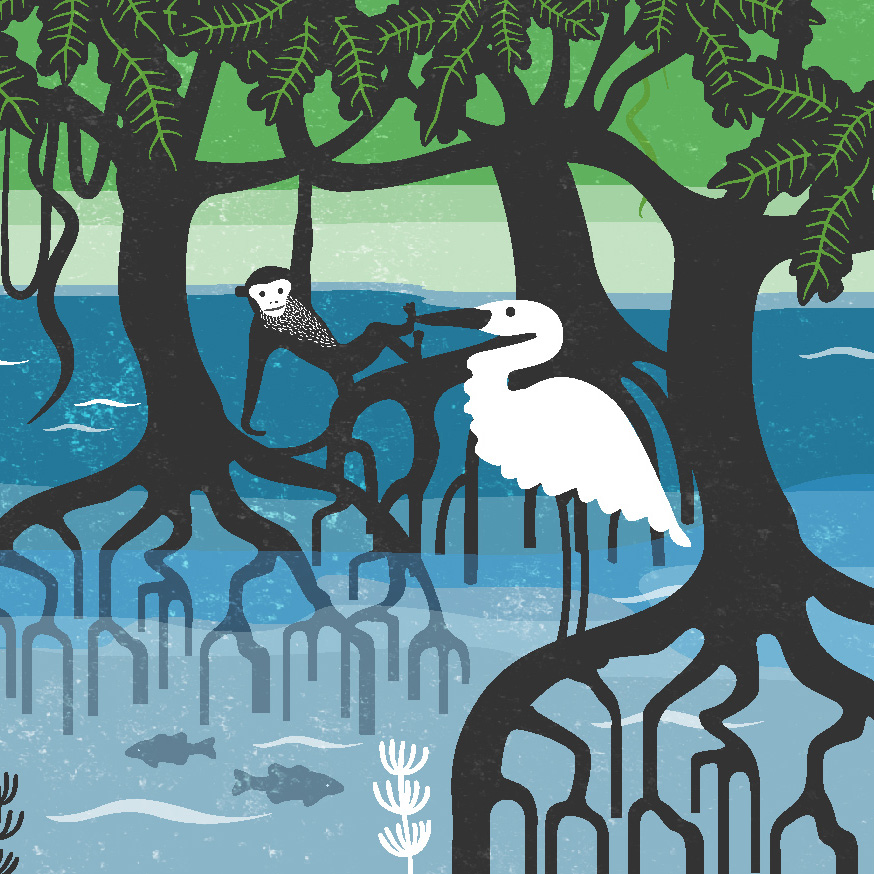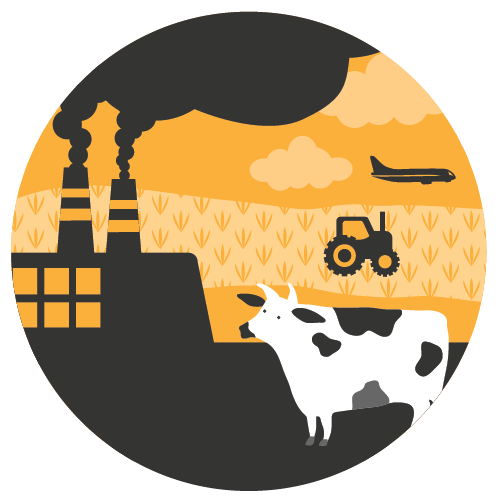The oceans
Equilibrium and climate change
%
of the Earth’s surface is covered by the oceans
%
amount of excess heat in the atmosphere absorbed by the oceans
%
of CO₂ is stored by the oceans
%
of our planet’s oxygen is produced by the ocean.
%
or more of the planet's lifeforms are undiscovered and underwater
The world’s oceans have a two-way relationship with weather and climate. The oceans influence the weather on local to global scales, while changes in climate can fundamentally alter many properties of the oceans.
Changes in ocean temperatures and currents brought about by climate change will lead to alterations in climate patterns around the world.
Oceans help regulate the climate
Oceans produce more oxygen than the largest woods
Oceans are habitats
Protect coasts from erosion and flooding
Supply food and support livelihoods
HOW CLIMATE CHANGE AFFECTS THE OCEANS
The ocean and coastal communities are being disproportionately impacted by increasing greenhouse gas emissions. Warming is leading to the melting of inland glaciers and ice, causing rising sea levels with significant impacts on coastal areas such as coastal flooding and erosion, saltwater intrusion, and habitat destruction.
Source: www.oecd.org

Blue carbon ecosystems (mangroves, sea grasses and salt marshes) can be up to 10 times more efficient than terrestrial ecosystems at absorbing and storing carbon long term, making them a critical solution in the fight against climate change.
How ocean solutions can combat climate change
A healthy ocean could help mitigate climate change, develop a sustainable ocean economy, protect coastal communities from storms, provide jobs and improve food security:
What can be done:
- Scaling up ocean-based renewable energy, including offshore wind and other energy sources such as wave and tidal power, could save up to 5.4 gigatons of CO2 equivalent annually by 2050, equivalent to taking more than 1 billion cars off the road each year.
- Decarbonizing freight and passenger shipping could keep 1.8 GtCO2e out of the atmosphere annually by 2050.
Increasing the protection and restoration of “blue carbon” ecosystems – mangroves, seagrasses and salt marshes – could save 1.4 GtCO2e each year by 2050. - Changing fishing and fish farming methods, coupled with shifting diets away from intensive land-based protein sources such as red meat and towards low-carbon ocean-based proteins like fish and seaweed, would help sustainably feed future populations while enabling emission reductions of up to 1.24 GtCO2e each year by 2050
Sources:
www.chinadialogueocean.net
www.greenbiz.com
www.wri.org

About this website
Hi, I’m Andrea, a Graphic and Web designer based in Germany.
This website is part of my graduation Master’s degree project (Audiovisual Arts Computer), where my research question was:
“How can designers and visual communicators contribute to transmit scientific knowledge and facts to a non-expert public in an understandable and relevant way, to generate awareness, motivate reflection and behavioral change.”
You can see the paper here:
Understanding climate change – Visual communication for scientific facts






